
Templars Chapel, Laon
Laon, FR
Built around 1140 on this Templar site of Laon, it is currently located in the courtyard of the Archaeological Museum of Laon, and houses two statues of prophets (dated around 1200) probably coming from the cathedral.
Here you can search for a building to visit. You can use the map find destinations, or you can use the filters to search for a building based upon what different criteria.

Laon, FR
Built around 1140 on this Templar site of Laon, it is currently located in the courtyard of the Archaeological Museum of Laon, and houses two statues of prophets (dated around 1200) probably coming from the cathedral.
Sous-Parsat, FR
The present building was rebuilt in 1868-1869 on the site of the old church, dating from the 14th century, which was destroyed by fire. Its patronage belonged to the Chamberaud commandery of the Order of Malta.
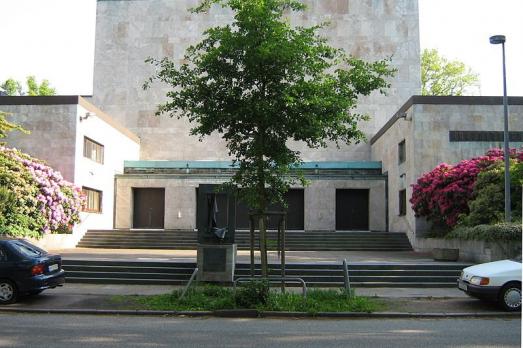
Hamburg, DE
The Temple at Oberstraße in Hamburg is an Ashkenazi synagogue completed in 1931 by architects Felix Ascher and Robert Friedmann. In use until 1938, this brick synagogue now serves as an office.
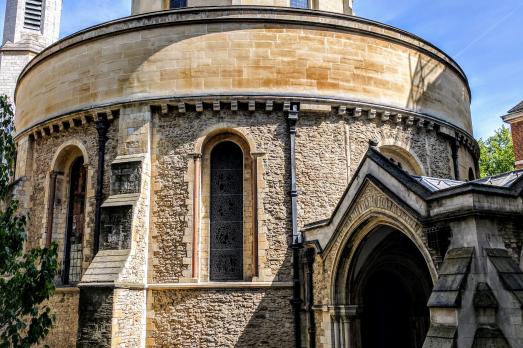
City of London, GB
Welcome to the historic and beautiful Temple Church, built by the Knights Templar, the soldier monks who protected pilgrims to the Holy Land during the Crusades. The round church is modelled on the church of the Holy Sepulchre in Jerusalem. In 1608 King James I gave the whole area of the Temple to the two societies of lawyers, Inner and Middle Temple, who have maintained the church beautifully to the present day.
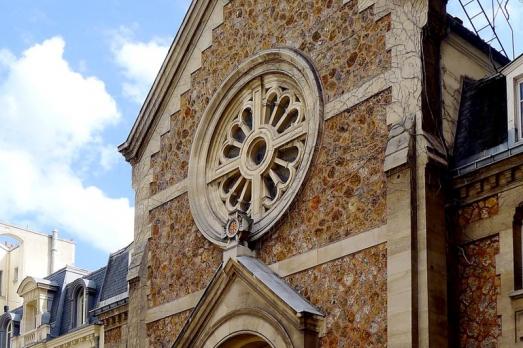
Paris, FR
The United Protestant Church of the Annunciation is a Protestant church built in 1891. The first parish building was an Anglican chapel made of wood salvaged from the 1867 World Exhibition. Pastor Edmond Stapfer was responsible for the construction of the present building, which was erected on land donated by the Delessert family by the architect Edouard Aubert. Aubert designed the building in the neo-Romanesque style, built in millstone.
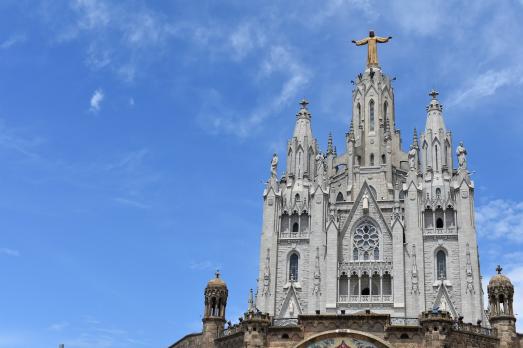
Barcelona, ES
The Expiatory Temple of the Sacred Heart is a neogothic church located on the Tibidabo mountain in Barcelona. Its construction extended from 1902 to 1961.
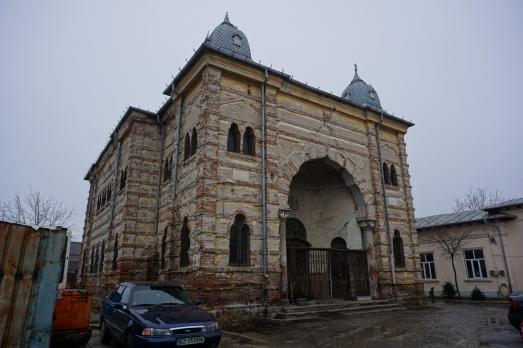
Buzău, RO
A building of the Temple was constructed in 1903-1910. It combines the features of the Neo-Moorish style, popular emong European Jews, with those of the Neo-Romanian style, popular in the country as its national artistic expression. Although the Temple is a magnificent building crowned with three cupolas, is it situated inside a block, screened from the street by the building of the Jewish school. The Temple was repaired in 1946 with the assistance of the Joint Distribution Committee and therefore its photographs are preserved in the JDC archives in New York and the Yad Vashem Archives in Jerusalem. Nonetheless, currently the Temple is in a deteriorated state and it is dangerous to enter it.
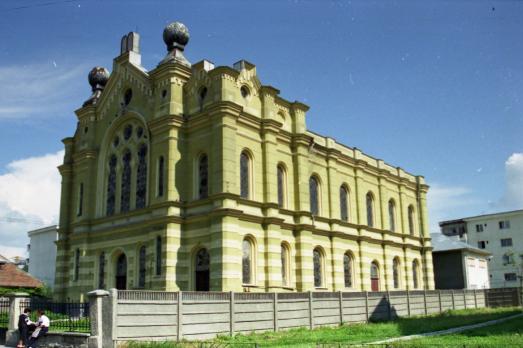
Dej, RO
The Temple Înfrăţirea in Dej is a synagogue for Ashkenazi built in 1907. The building has elements of neo-Moorish and neo-Romanesque style. It still serves as a synagogue.
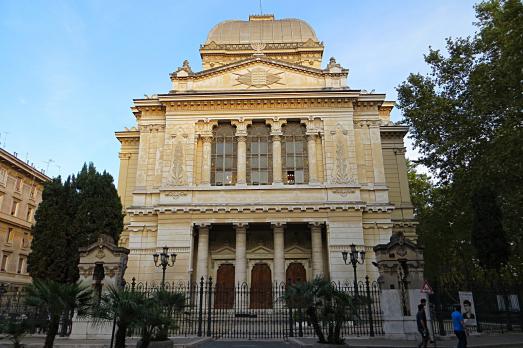
Roma, IT
The Temple Maggiore was built between 1901 and 1904 on one of the four plots of land obtained through the demolition of parts of the Rome ghetto (1555-1870). In 1889, the competition organized for the design of the new synagogue saw the distinction of Vincenzo Costa and Osvaldo Armanni with building projects mixing Assyrian, Egyptian and above all Greek elements.
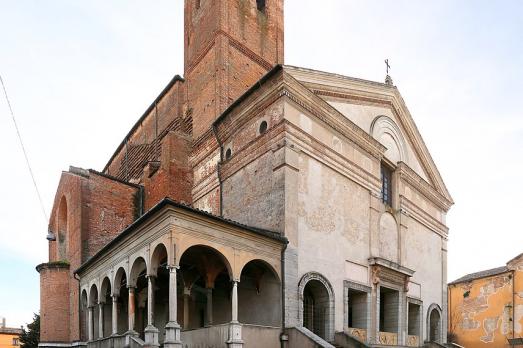
Mantova, IT
The Temple of San Sebastian was built between 1460 and 1529. The building, designed by Leon Battista Alberti (1404-1472) himself, served as the basis for Renaissance reflections on Greek cross-shaped buildings. Restored in 1926, the church is today used as a war memorial for the soldiers who fell in battle for their homeland.

new
Nestled amidst the serene landscapes of the Harz region, lies a hidden gem for nature enthusiasts and history buffs alike - the Harz Monastery Hiking Trail. Lace up your hiking boots and embark on this captivating adventure that will transport you back in time.

The Holy Mile (Miglio Sacro) of Naples is a one-mile-long itinerary, through sacred places linked to the city's patron saint, San Gennaro, in the Rione Sanità district. Discover the city from a new perspective with this unique walking tour.

As a university city, cultural offerings abound in Tartu and will reach their peak after being designated one of three European Capitals of Culture for 2024. In this list, we've compiled the most interesting sacred places to visit in and around the old town.